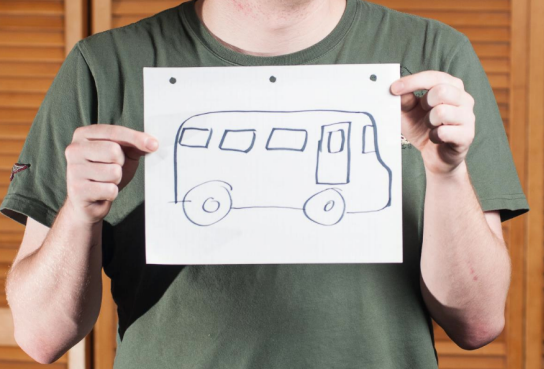By Katie Stobbart (The Cascade) – Email
Print Edition: March 6, 2013
Most of us are aware that transit is a more sustainable transportation option than driving a car.
In the Fraser Valley, however, transit service does not always meet the needs of users – especially in the case of UFV students, who reside in a number of spread-out communities including Surrey, Langley, Mission and Chilliwack. The reality is that for the majority of students, using transit is not currently a viable way to commute to and from UFV or between campuses.
In a currently-running transit referendum, SUS is asking students whether they support a $6.75 semesterly fee in order to bridge the transit gap between the Abbotsford and Chilliwack campuses.
SUS VP academic Dan van der Kroon is also a part of UFV’s Students for Sustainability, which is currently running a pro-bus campaign.
“If successfully implemented and utilized by UFV students, the Abby UFV to CEP shuttle bus will help to pull a lot of cars off the road,” Van der Kroon says. “It will be a practical step towards improving local air quality and redirecting [the] money that people spend on their cars in other ways that support the local economy.”
BC Transit recognises the need for regular, rapid regional and inter-regional transportation. In its draft Transit Future Plan for Abbotsford–Mission, which was to be presented to the councils of both cities by the end of February this year, the transportation corporation noted that “around 27,000 trips are made between Chilliwack and Abbotsford each day.”
The draft, developed based on the feedback of both cities’ residents and UFV students, includes plans to establish the routes that students require over the next 25 years. However, it is unclear how soon those plans will be actualised, and many students have expressed a need for inter-regional transit services sooner rather than later. In order to make transit an efficient transportation option, van der Kroon says, there needs to be a quick connection to Translink services in the west, and to the Chilliwack campus in the east.
“I have always maintained that regional connections need to be the priority,” van der Kroon says, “as those regional trips are the ones that cannot be completed without a car, whereas many local trips can be completed via a combination of cycling, walking, and ride-sharing.”
If students vote in support of the semesterly fee, the shuttle bus to and from Chilliwack would be approved on a short-term basis. If the Fraser Valley transit system introduced such a route in the future, UFV and SUS would not renew their contract with the shuttle bus service, and the fee would likewise lapse.
“If the route … has good ridership and the public service doesn’t take the step of implementing this connection, I would be very surprised and disappointed,” van der Kroon notes. “They would be unable to hide behind uncertainty over the cost viability relative to existing transit services.”
The proposed Chilliwack–Abbotsford transit fee would cover part of the shuttle service cost, and the university would contribute the remaining 40 per cent of funding.
Students are able to vote on the transit referendum via myUFV until March 10, and more information about both the proposed bus and the current referendum can be found at the SUS website at ufvsus.ca.



